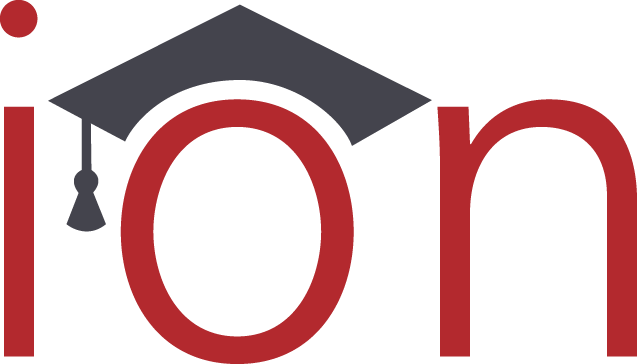More than 40 million Americans have student loan debt, yet many borrowers don’t have basic knowledge about loan management. Almost three-quarters of student loan borrowers don’t know if they qualify for lower payments on their loans. Nearly half don’t know what their interest rate is or how to get in touch with their servicer. As student debt increases, the need for a robust financial literacy program on your campus is vital to ensure borrower success.
There is no single way to build a successful financial literacy program, but we’ve found programs that use multiple communication channels to reach students have a better chance for success. There are many channels that you can use, and sometimes it’s hard to know where to start. We recommend starting small and working your way up to more channels. In this post, we focus on the three channels that are the widest reaching, and have the biggest impact: Online learning, classroom education and one-on-one counseling.
Online learning
Online learning allows students to acquire financial knowledge at their own time and speed. Although the learning is not tailored for each student, this method allows you to reach many students with core information. Online modules can be interactive and fun for students, keeping them more engaged than other mass communication channels. The entrance counseling offered by iontuition™ is an excellent example of an interactive online learning program. Our entrance counseling uses videos, text, and quizzes to keep students interested and to ensure they understand the material.
Classroom education
Incorporating classroom education into new student orientation allows you to reach a lot of students and also gives them a chance to ask questions. Florida Gulf Coast University (FGCU) uses this approach with its money management requirement. FGCU’s financial aid office also presents on responsible borrowing, loan default prevention, budgeting, and financial literacy in regularly scheduled classes. In addition, FGCU students are set up with an iontuition account so they can see the total balance of their loans and the interest accrued, create an online budget and access a financial literacy glossary.
One-on-one counseling
One-on-one counseling is extremely effective because it is individualized for each student borrower. The Ohio State University uses a student-to-student education program called Scarlet & Gray for a major part of its financial education. More than 60 volunteers work with their fellow students on topics like student loan management, credit card debt, and everyday budgeting. Getting 60 volunteers to help students with financial literacy requires a lot of planning, coordination and patience, but it yields results.
The combination of online learning, classroom education and one-on-one counseling gives students plenty of opportunities to improve their financial literacy. Once you’ve nailed down these three, you can move on to more channels such as email, text messaging, webchat, social media, etc. The more opportunities to reach students, the better. Just remember to keep your focus on the goal of preparing students for financial success in college and beyond.
If you are looking for tools to improve your financial literacy program, contact us.

